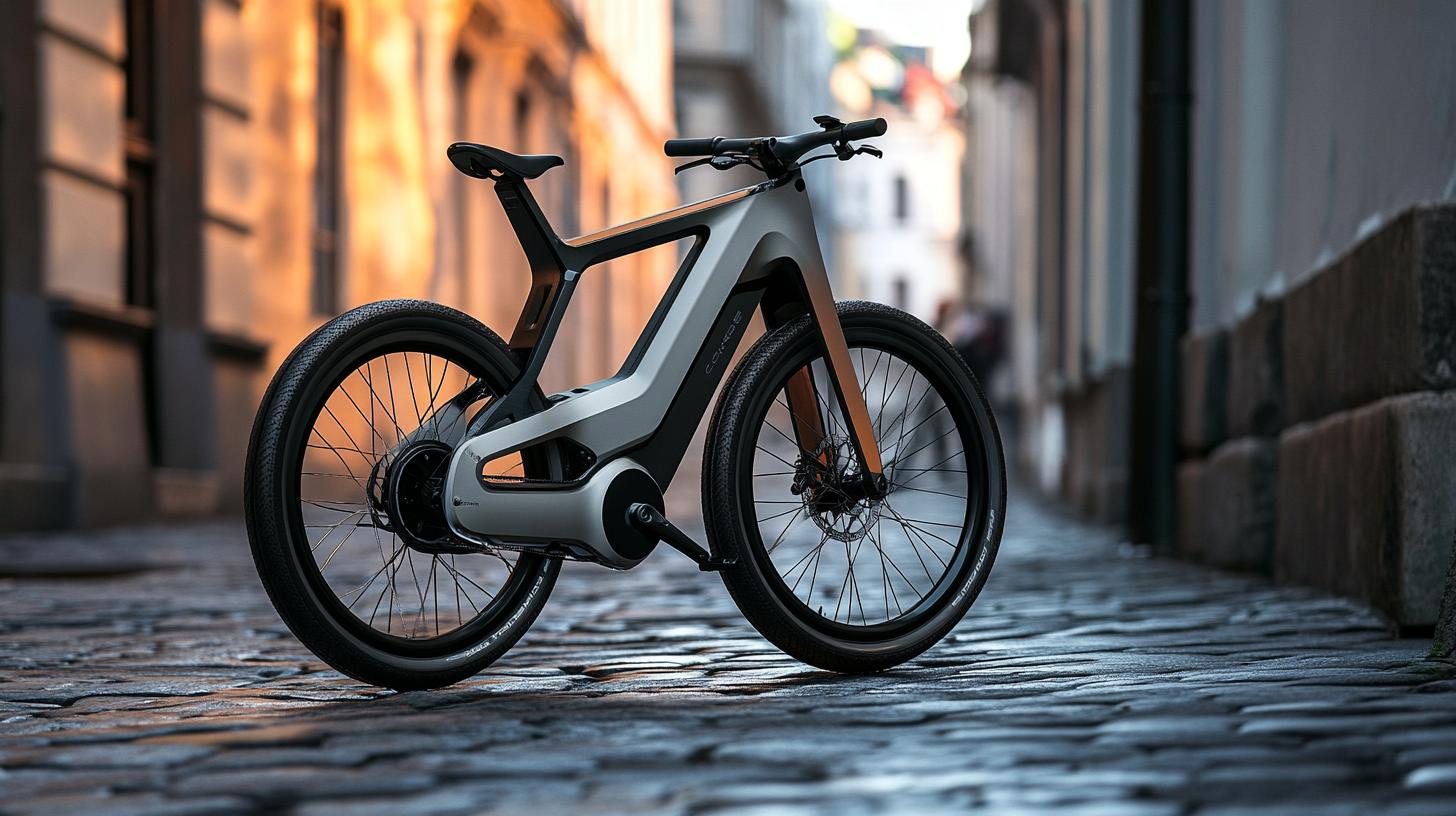Vibration sensors are at the forefront of revolutionizing predictive maintenance across industries. These advanced sensors, continuously evolving with electronic technology, play a pivotal role in detecting machine anomalies early on, ensuring operational efficiency. From enhancing research and development to streamlining production automation, the applications of vibration sensors are diverse and impactful.
As industries increasingly prioritize predictive maintenance, the demand for vibration sensors continues to surge. By leveraging technologies like Artificial Intelligence and Machine Learning, these sensors offer more accuracy and efficiency in detecting machinery irregularities. This proactive approach not only minimizes downtime but also optimizes operational processes.
Despite facing competition from alternative vibration measuring devices and software, industrial vibration sensors stand out for their reliability and effectiveness. Their ability to withstand diverse environmental conditions and integrate with existing systems makes them indispensable for sectors like manufacturing, automotive, aerospace, and oil and gas.
In a rapidly evolving market landscape, the key to staying ahead lies in continuous innovation. Industrial players need to focus on usability, sensitivity, and durability of vibration sensors while exploring newer applications and functionalities. With the market poised for significant growth, the future of predictive maintenance looks promising with advanced vibration sensors leading the way.
With the rapid advancements in sensor technology, new applications and innovations are driving the evolution of predictive maintenance using advanced vibration sensors. Let’s explore some key questions and insights that shed light on the current landscape and future potential of this transformative technology.
What are the primary challenges associated with implementing advanced vibration sensors for predictive maintenance?
Implementing advanced vibration sensors for predictive maintenance comes with its own set of challenges. One major concern is the initial cost involved in acquiring and installing these sensors, along with the additional expenses associated with training staff to effectively interpret and act upon the data generated by the sensors. Ensuring seamless integration with existing systems and workflows is also a critical challenge that organizations need to address.
What advantages do advanced vibration sensors offer compared to traditional maintenance approaches?
One of the key advantages of advanced vibration sensors is their ability to provide real-time insights into equipment health, allowing maintenance teams to proactively address potential issues before they escalate. By leveraging AI and machine learning algorithms, these sensors can analyze vast amounts of data to predict equipment failures with greater accuracy, thus minimizing downtime and optimizing maintenance schedules.
Are there any controversies surrounding the adoption of advanced vibration sensors in predictive maintenance?
While the benefits of using advanced vibration sensors for predictive maintenance are well-documented, some concerns have been raised regarding data privacy and cybersecurity. As these sensors collect sensitive operational data, ensuring robust cybersecurity measures to protect against potential cyber threats is essential to safeguarding the integrity of predictive maintenance practices.
What are the key areas of innovation in advanced vibration sensor technology?
Innovations in advanced vibration sensor technology are focused on enhancing sensor accuracy, durability, and versatility across diverse industrial applications. Development of wireless vibration sensors that can operate in harsh environments and integration of IoT capabilities for seamless data transmission are some of the key trends driving innovation in this field. Additionally, advancements in sensor fusion techniques are enabling more comprehensive asset monitoring and predictive maintenance strategies.
As organizations continue to recognize the value of predictive maintenance in optimizing operational efficiency and reducing costs, the role of advanced vibration sensors will only become more prominent. Embracing these cutting-edge technologies and overcoming associated challenges will be crucial for staying competitive in an increasingly digitized industrial landscape.
For more insights on the latest trends and innovations in predictive maintenance technologies, visit PredictiveMaintenanceDomain.




















